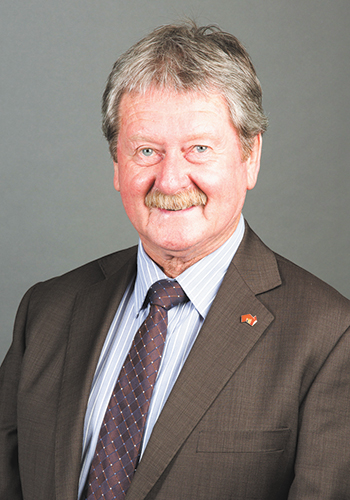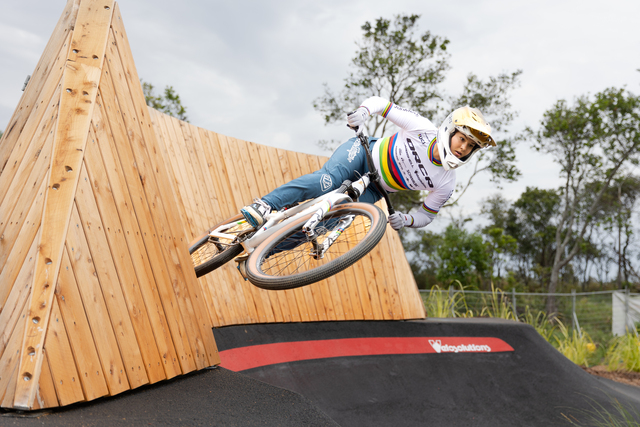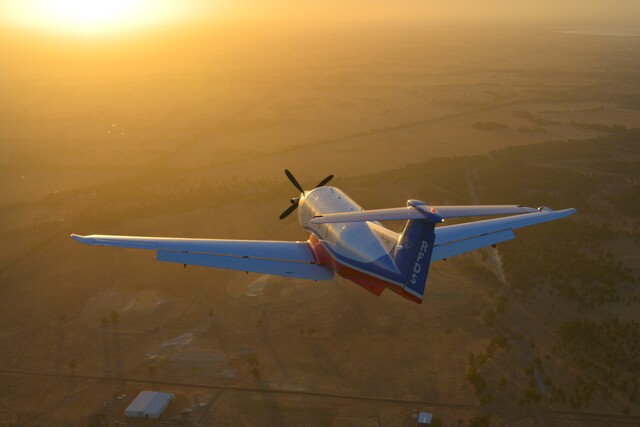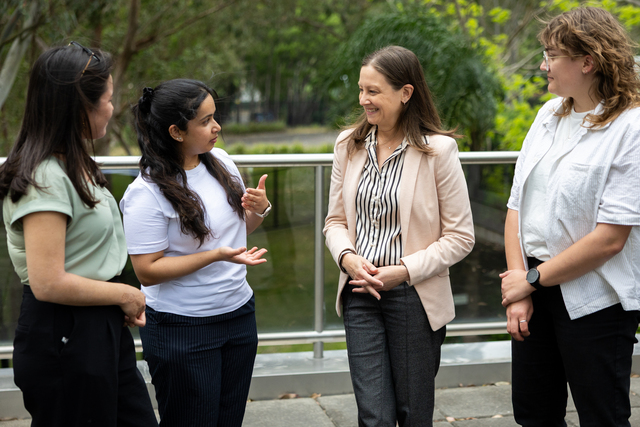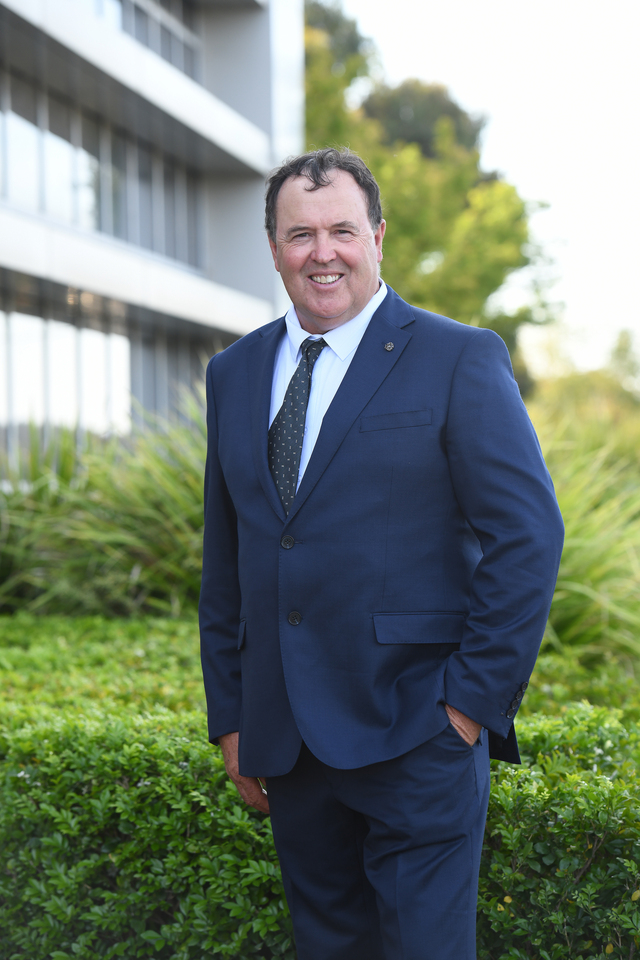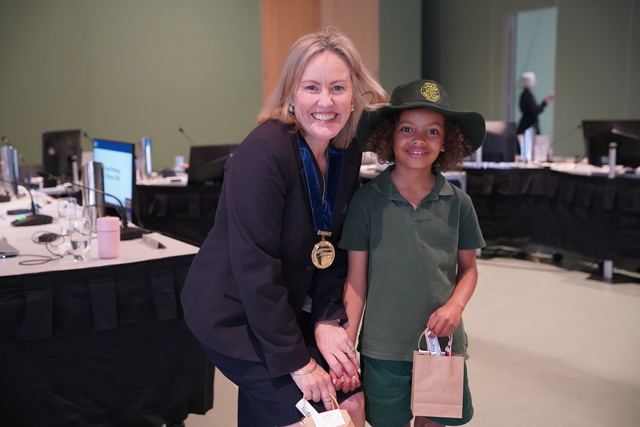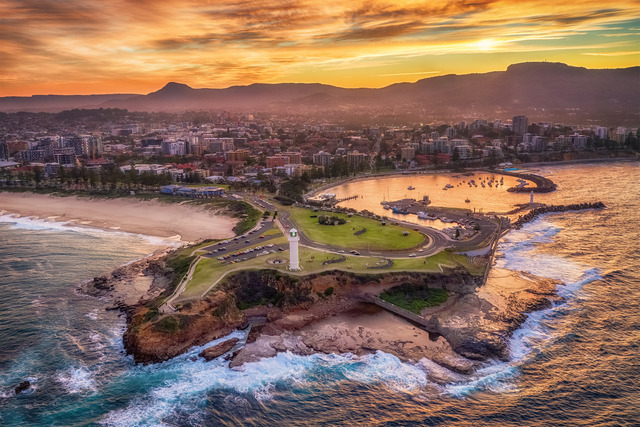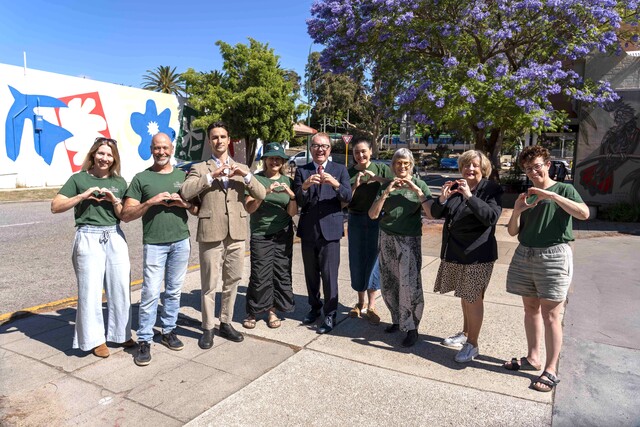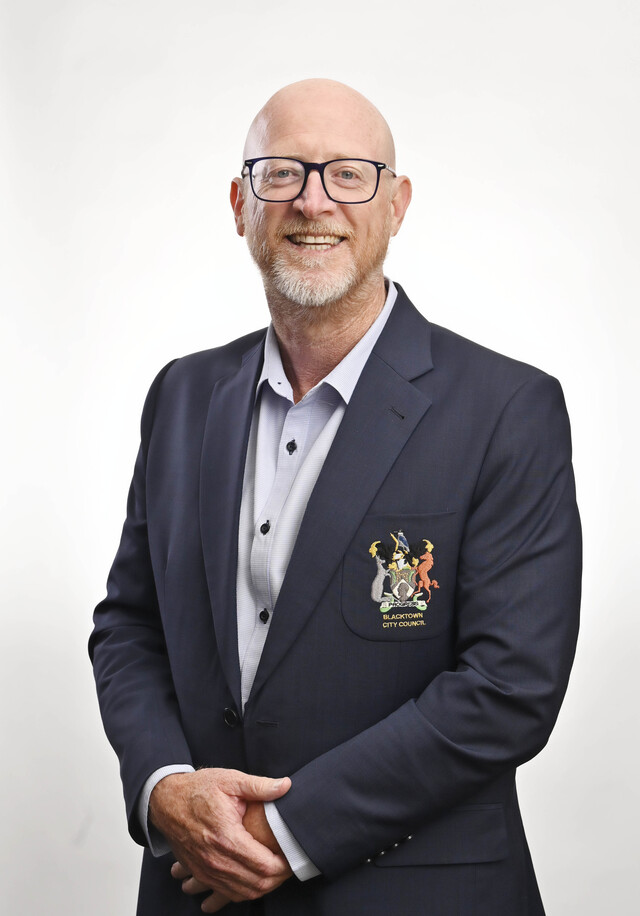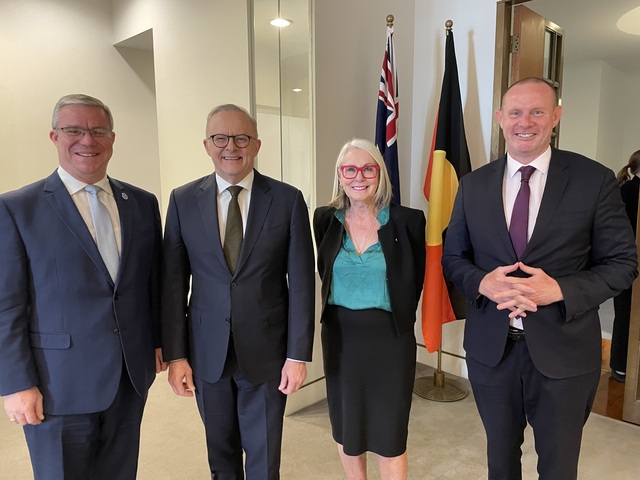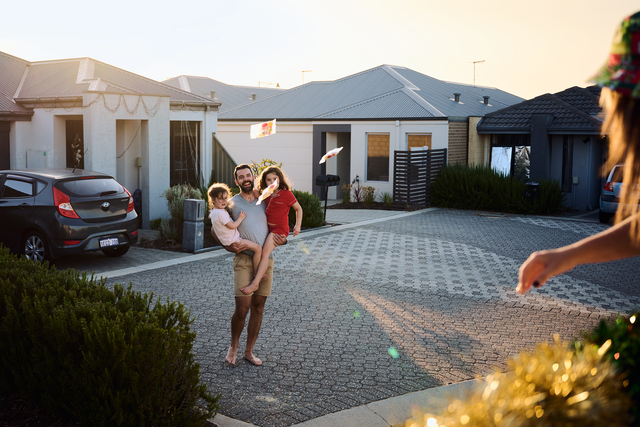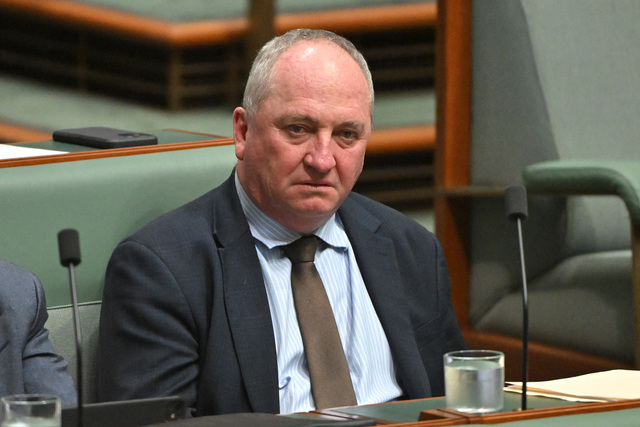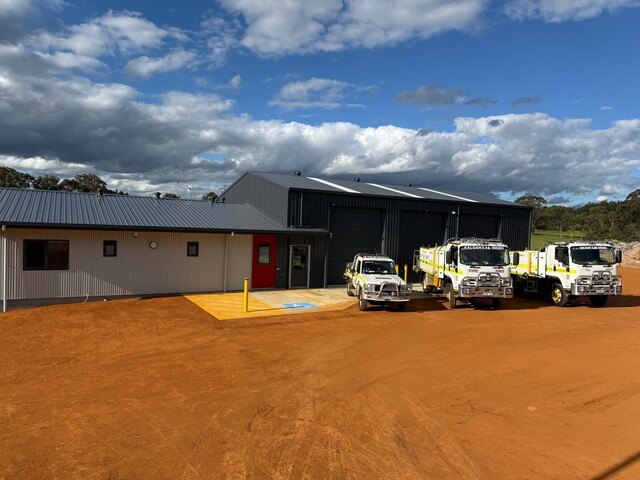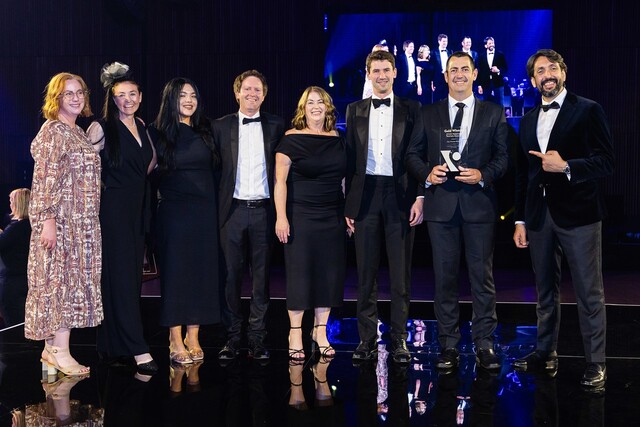River country
Murray Bridge has a significant advantage of being right on the Murray River – we’re the first city on the river when you’re leaving Adelaide travelling to Melbourne, so that gives us a good geographical footprint close to the city.
We have a fairly straight Mediterranean-style climate – very distinct winter and summer patterns interspersed with autumn and spring.
We’re very strong in food manufacturing and processing. We have about 5000 people employed in the food-allied industries in the region – which is around about 35 – 40 per cent of our total workforce.
Our community’s growing at roughly 2.2 – 2.3 per cent per annum and has been consistently for the last five years. Last year alone I swore in 200 new citizens and there’s a lot of migration into our region to take up the opportunities around the food industries.
I’m very much attached to the river: I own a property that’s about eight kilometres downstream from the city and I live pretty much on the river, so I’m very lucky in that regard.
True local
I was born in Murray Bridge, so I’m truly a local. I spent time away, in agribusiness, which has taken me around the state and interstate, but we chose to return to Murray Bridge and make that our home to raise our children.
I stood for council for the first time in 2014 and I was successful in becoming the mayor – the public elects the mayor separately in our area.
The whole patchwork quilt of my life has very much been in agribusiness. I ended up in corporate life and was a state development manager for a large agri-business company and ended up a manager of several states. I gave that up to return home – to be home more often and work within my own area. I took a role with the regional development board in 2002 and then became its Chief Executive. In 2010 the federal government launched Regional Development Australia, and the district amalgamated to become RDA Murraylands and Riverland and I became CEO of that new organisation. I retired from that in early 2015 and I stood for and gained the position of mayor in early 2014 – so for a short period I was doing both roles, which was really hard work.
Keeping up with growth
We’re in a growth region, we’re a growth city, which is a fantastic place to be, but it brings with it its challenges. You’ve got to be able to keep up with the demands of infrastructure for a growing community. I’d rather have that than a community that’s in decay, that’s for sure – but it is quite demanding.
We’ve got a commitment to provide assets and protection of our assets and existing infrastructure. That’s a challenge for council in a financial sense, it’s a challenge in a planning sense, but luckily from a planning perspective we have around about 7000 persons of infill left within the city and we have a major racing club redevelopment on the edge of town, which is another 10,000 persons equivalent accommodation. We have strategic plans to grow to a community of at least 35,000 within 15 to 20 years.
The council’s just completed a $14.5 million stormwater retention plan, which will enable us to continue to green up the area without taking anymore water from the Murray River, which is a fantastic environmental project.
We’ve just undertaken a $3.5 million upgrade of one of our central district shopping areas and turned it into a really pleasant street. On our doorstep there’s Monarto open range zoo. They’re undergoing transformational changes. We recently officially opened the 360-degree walk with the lions – an opportunity to walk underground with the lions above you.
Close to us at Tailem Bend is the Motorsport Park, which is a $100 million development. Our tourism in the region is going well – but it could do a lot better. These projects are absolute catalysts to get us to the next level.
Financial goals
The reason I stood for mayor was that I wanted a fresh challenge and I also wanted to be part of delivering some of those proposals and projects that I’d been very much at the basis of in my role at regional development. I wanted to see them through. Something else I was most determined to do was to get the financial management of the council in shape. The previous council had run seven deficit budgets in a row and had significant borrowings. We, in our second year, have returned the council books to profits. We’ve reduced our rate increases from traditionally 4 – 5 per cent to 2.5 – 2.9 per cent and we have a desire to get it down to two.
As for my plans for the future – the mayoral role comes to and end in 2018. I’ll need to make a decision if I’ll continue. I’ve always said that if I can’t honestly believe that we’ve changed for the better and we’re delivering then I don’t think I should stick around because someone else can have a go. But if I feel reasonably satisfied that we’re running a strong and healthy council and we’re growing in a good style – then that would encourage me to continue on.

